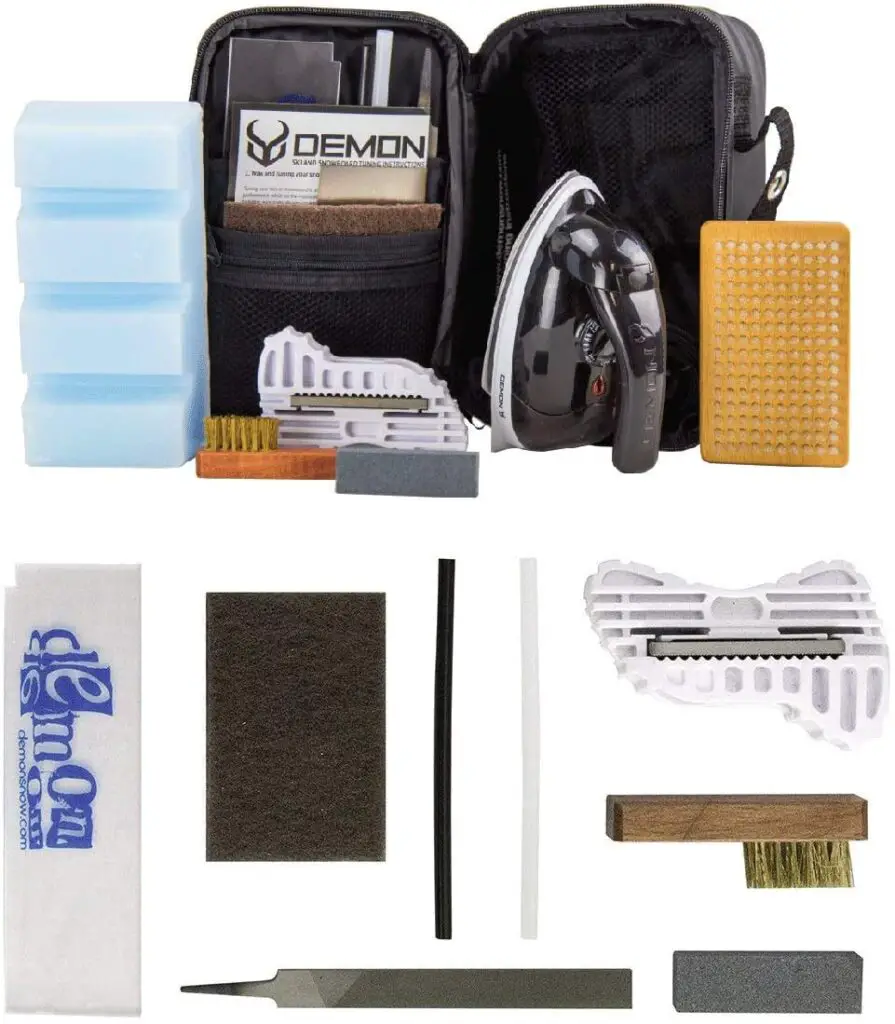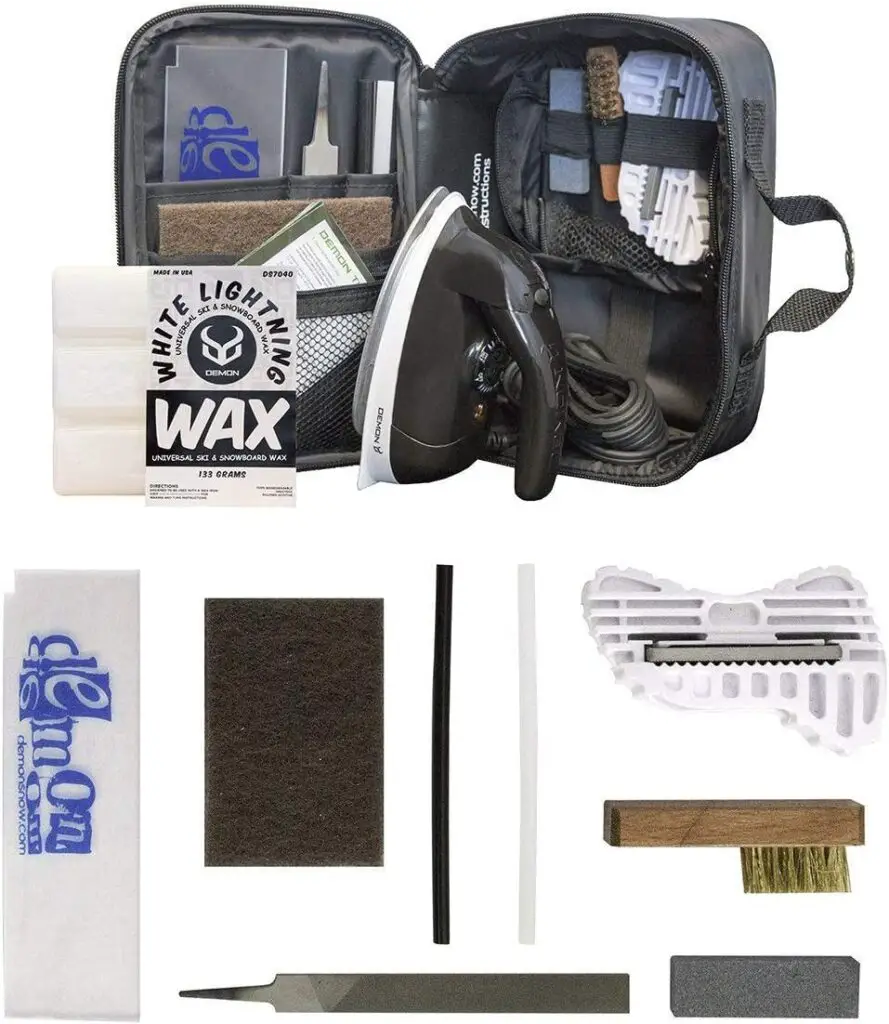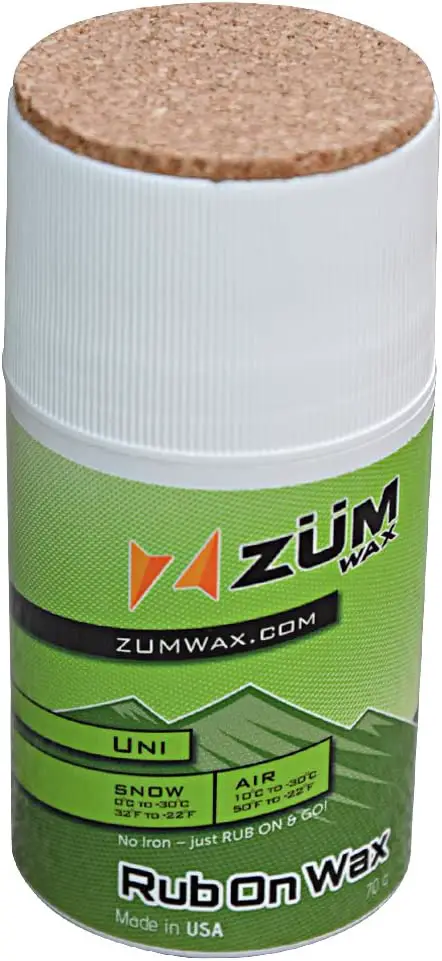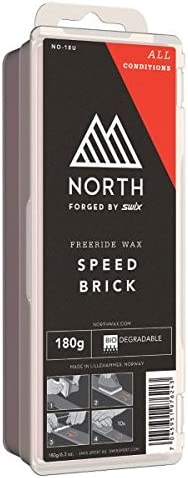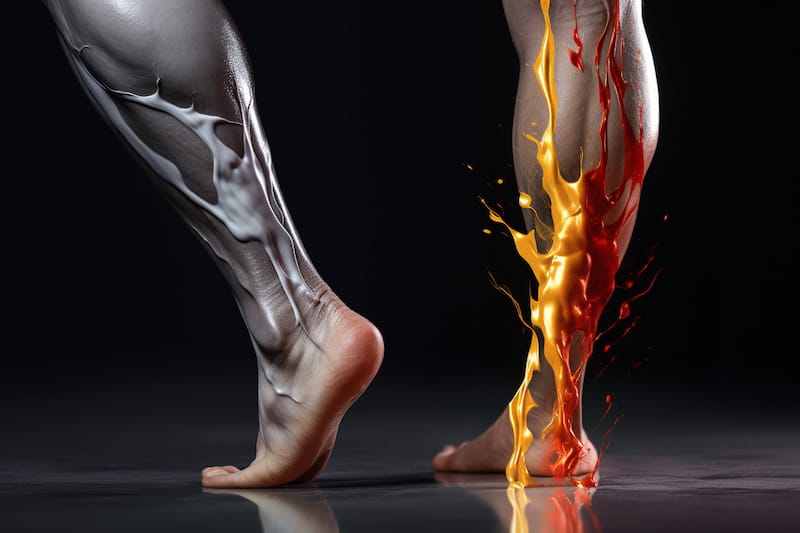Maintaining high-quality skiing gear can be quite a task. Making sure your boots stay in good shape, your clothes fit right, and your helmet stays secure and functional is essential. However, when it comes to the skis themselves, some people fail to see the relevance in keeping them in tip-top shape. So, what happens when you do not wax your skis?
Failure to keep your skis sufficiently waxed can result in deterioration of your skis surfaces and low-quality riding. You must make sure you wax your skis regularly to improve your skiing ventures and protect your equipment.
Read on to learn more about what happens when you do not wax your skis, as well as to get information on taking care of your skis to ensure that they stay in the best condition possible. Without a well-kept pair of skis, you will not benefit from your rides as often, and deteriorated skis can lead to damage to your skis or even injury to yourself.
What Happens When You Don’t Wax Your Skis?
When you do not wax your skis, you can face many problems. If these issues arise, your day of skiing can come to an unfortunate end rather quickly:
- Low-quality rides
- Poor shredding downhill
- Damaged skis
- Injury
Whether you are skiing for leisure or sport, skis without wax are typically a no-go. If you do not wax your skis, you will not have as successful a day of skiing as you can. Unwaxed skis can slow you down exponentially. So, while your friends or family may be cruising down the slopes, you might find yourself lagging behind, making yourself and others impatient.
Failure to wax your skis will result in a poor day’s worth of skiing. When you do not wax your skis but continue to use them, the base layer of the skis may start rubbing off, clustering together, and falling apart. The friction from snow and ice you ski down does not help this in the slightest.
Wax your own skies or snowboard – here’s a simple guide
Here’s a simple step-by-step guide on how to wax your own skis.
Materials Needed To Vax The Skis Yourself:
- Waxing iron
- Ski wax
- Plastic scraper
- Nylon brush
- Fiber pad (also known as Scotch-Brite pad)
Vax instructions
- Clean Your Skis: The first step in the process is to clean your skis. Make sure they are dry and free of dirt. You can use a specialized ski cleaner or a mild detergent with water. Make sure to wipe down the edges to prevent rust.
- Heat the Wax: Plug in your waxing iron and let it warm up. Do not use a regular clothing iron because it can get too hot and damage the base of your skis.
- Apply the Wax: Once the iron is hot, hold the wax against the iron until it starts to melt. Drip the wax onto the ski base, moving from tip to tail. Try to get a good coverage, but don’t worry about it being perfect.
- Iron the Wax: With the iron, spread the wax evenly over the base of the ski. Make sure to keep the iron moving to prevent overheating one spot. The goal is to have a thin, even layer of wax over the entire base.
- Let the Wax Cool: After the wax has been evenly spread, let the skis cool and the wax harden. This typically takes about 15-30 minutes.
- Scrape Off the Wax: Using a plastic scraper, scrape off the excess wax from the skis. Always scrape from tip to tail and try to get as much wax off as possible. The wax that remains in the pores of the base is what you’re after; anything left on top simply slows you down.
- Brush Your Skis: After scraping, use a nylon brush to brush out any remaining wax from the structure of the base. Brush from tip to tail, with several strokes per section of ski. This will help to improve the glide.
- Polish the Skis: Lastly, use a fiber pad to polish the base of the skis. This will remove any tiny wax particles left and make your skis shine.
Remember, the type of wax you should use depends on the snow conditions. Cold weather waxes are harder to provide less friction in cold, dry snow. Warm weather waxes are softer and work better in wet, slushy conditions.
Also, always work in a well-ventilated area when waxing skis due to the fumes that can be produced in the process.
Why Wax Is Important For Properly Maintaining Your Skis
If you have a certain style of skis, you may also notice the surrounding protection on the outside of the skis starting to fall apart. Without keeping the base of your skis waxed, it will not be protected, and the surrounding rubber, hard plastic, or whatever else lines the base will be the next to go. This is just asking for trouble on the slopes. You do not want to find yourself halfway down a hill with skis that prevent you from riding in a straight line.
The more you use skis that do not have wax, the faster they will deteriorate. Once your skis’ base layer starts faltering, it may be too late to add wax to prevent damage to your skis. Staying on top of this and paying close attention to the condition of your skis is essential.
It is no secret that several people are injured every year from skiing accidents. While much of these instances may be due to inexperience, some are a result of poor skis. You can be a professional skier and still have an unsuccessful ride if your skis are not prepped for the conditions they will face.
Wax allows your skis to cut through snow better, providing a smoother, faster, and overall higher quality ride. Without wax, your skis will not have a smooth lubricant on which to ride through the snow. This can become dangerous in rough conditions. If you hit a piece of ice or rock and your skis do not have that extra base layer intact, you can hit a wrong turn, take a bad fall, or face the added dangers of a ski breaking while flying downhill.
Can You Ski Without Wax?
You can ski without wax, but as mentioned before, you will not have as good of a ride and will be at the mercy of faulty skis. If you go on a trip with your friends and rent skis, those skis are kept in the best shape possible. Waxed skis are critical for skiers of all levels.
Waxing your skis is not a grueling task. It is worthwhile to make sure your skis have a sufficient amount of wax before every run. However, that is not to suggest you have to wax your skis every trip down the mountain. You do not want to overdo it and make your skis too slippery for the snow. Waxing every day is not necessary, but it is important to make sure your skis have a thick enough coat before hitting the slopes.
If you ski without wax, you are putting yourself, and those around you, in danger. Skis with little or no wax prevent you from being in control. There is no telling what can happen if you hit a rough patch, over-adjust, or fail to execute even a slight jump.
How Can I Tell If My Skis Need Wax?
It is easy to tell if your skis need wax. Signs to look for when observing whether your skis need wax include looking for:
- Deterioration on the base
- Damage to the outer lining
- A sub-par day of riding
The easiest way to tell if your skis need wax is by inspecting the bottom of your skis and seeing if the base is falling apart anywhere. Typically, the bottom layer of your skis consists of a sintered polyethylene coating covering the wood within. When this coating goes through a number of rides, the sintering can start:
- Clumping
- Flaking
- Falling off
Wax is an easy fix for this issue. Wax packs the sintered polyethylene together, basically giving your skis a brand new base.
If your skis have a noticeable lining on the outside, this is evidence of your skis falling apart and might also suggest that you need to wax them. If this occurs, however, it is likely that the base has already been deteriorating as well. So, it is important to look at the base of your skis before a day of flying down mountains.
If you are an experienced skier, the chances are that you notice an off-day. If you face a two or three-day span of poor riding, you will understandably be dissatisfied. What you might not think to do is check your skis.
Sometimes, it may not be you personally having a bad day of riding. If you feel like your ski trips are stunted, check out your skis and decode if they need a new coating of wax.
Final Thoughts
If you do not wax your skis, you can put yourself and your equipment in danger. At the very least, you will not benefit from a great day of skiing. It is important to make sure your skis have enough wax before going on each ride.
